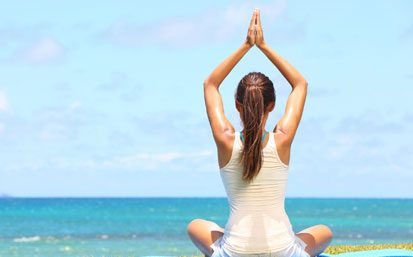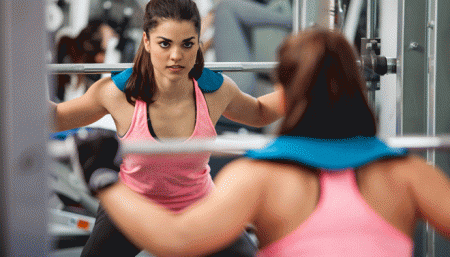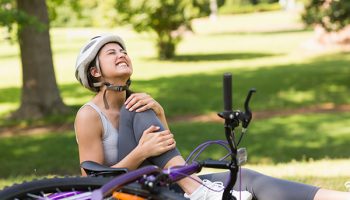Proprioception is the body’s ability to transmit a sense of position, analyze that information and react (consciously or unconsciously) to the stimulation with the proper movement.
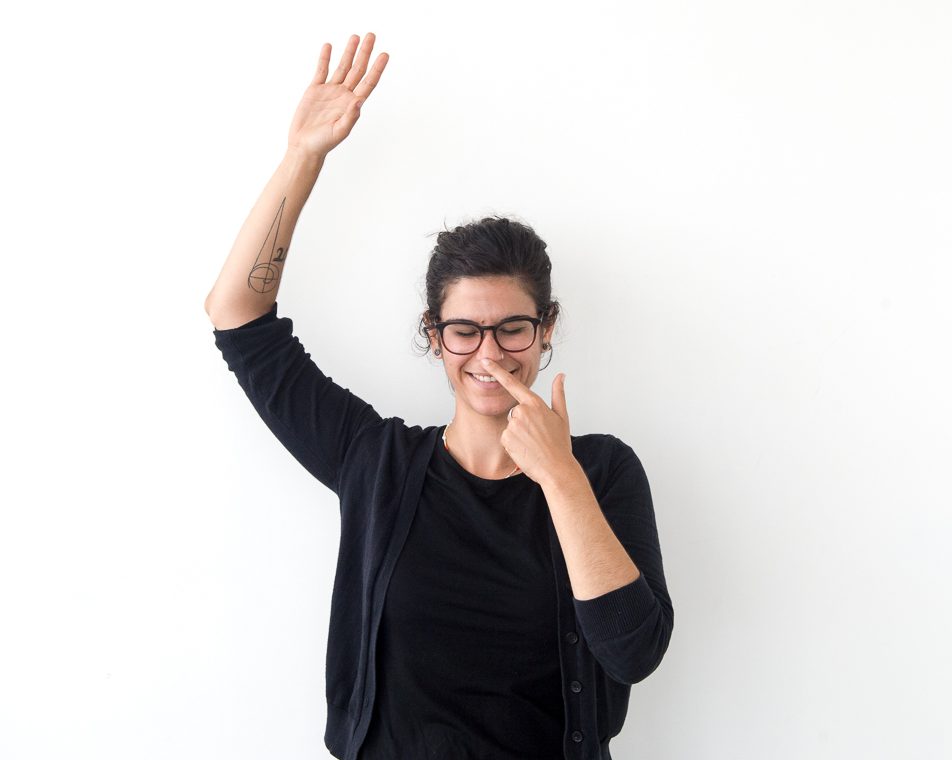
There are three systems in the body that contribute to the function of balance: the visual system, the vestibular system and the proprioceptive system. The proprioceptive system is composed of sensory receptors in the muscles and tendons that inform the central nervous system as to the varying lengths of muscles, as well as force loads traveling through tendons. This notifies us as to how and where our body and limbs are oriented in space.
Balance training fine-tunes the senses that allow you to fly up a flight of stairs without looking at your feet, called proprioception. |
How it works?
Receptors exist in our muscles which recognize when the length of the muscle fibers are changing. These act as a protective mechanism for the muscles. With excessive lengthening of a muscle, a reflex will be initiated which will cause the muscle to contract in order to prevent a ligament sprain or muscle strain injury. A similar regulation system exists in tendons, but it instead is dependent on the force being loaded through the tendon rather than on its length. These two regulatory systems of the muscles and tendons contribute to what is known as proprioception.
Special Consideration
When designing any proprioception training program, one need to consider the client’s age, body weight, level of competition and footwear.
Yoga Asanas
Balance postures build flexibility and enhance your proprioceptive sense, developing your inner awareness and feeling of balance.
Certain yoga exercises are designed to challenge balance.
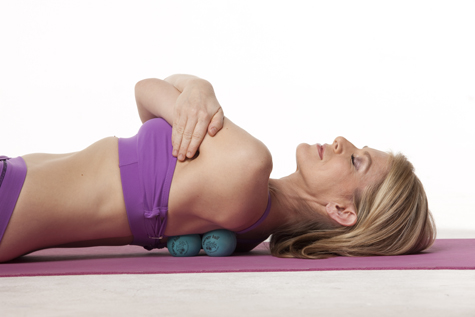
Surya Namaskara: Maintain 5 rounds of Sun Salutation A with full awareness of the breath. Again, practice, 2 – 5 rounds of Sun Salutation B. Try to practice sun salutation in succession of 10 rounds.
Yoga Poses like Utkatasana , Padangusthasana, Padahastasana, Supta Virasana, Malasana I, Tadasana/ Samasthitih, Vriksha-asana, Ardha Baddha Padmottanasana, Natarajasana, Ardha Chandrasana practiced regularly consciously on left/right side can help enhance proprioception.
- Utkatasana (chair pose)– Begin in Tadasana, arms down by your sides, sternum lifted. Squat deeply with your weight back onto your heels, squeezing your inner thighs together. Stretch your arms overhead, placing palms together. Keeping your palms together, inhale and bring your arms down to the middle of your chest in Prayer Pose. On an exhale, twist your torso to the right. This will place your left elbow at the outside of your right knee. Keep your arms in Prayer Pose. Inhale, then exhale while deepening the twist. Turn your eyes upward and hold the pose for three-to-five breaths. Slowly unwind your upper body to face forward as you exhale. .Straighten your legs, bring your palms back to Prayer Position, and return to Tadasana. Repeat on the other side.
- Supta Virasana (Reclining hero pose)-Kneel in Virasana and place a bolster behind you, the short end touching your buttocks. Place a rolled blanket on the far end. Make sure that the inner sides of your feet touch your hips. Keep your back straight. Place your fingers on the floor beside your toes.Press your palms on the floor, bend both elbows, and lean back toward the bolster. Place your elbows and forearms, one at a time, on the floor. Gradually lower your back onto the bolster. To avoid strain in the pelvic area or the thighs, ensure that your knees remain firmly on the floor.
Once you lower your back onto the bolster, rest the pack of your head on the rolled blanket. Keep your chest fully expanded. Press your shoulder blades down on the bolster to lift your chest. Extend your toes and ankles toward the bolster. Push your feet closer to your hips with your hands. Extend the pelvis, and press your thighs close together.
Move your arms out the sides, with the palms facing upward. Extend your neck, but keep your throat relaxed. Drop your eyelids down gently. Experience the relaxation of the thighs and the abdomen, and the lift of the chest. Feel the continuous stretch from the cervical spine to the tailbone. Initially, stay in the pose for 1 minute. With practice, increase the duration to 5-10 minutes.
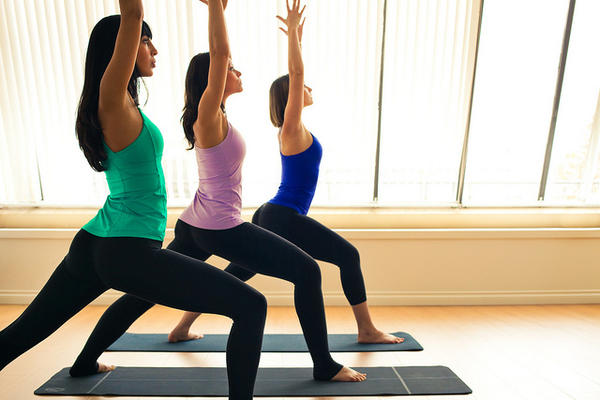
- Tadasana Samasthithi (Steady and firm mountain pose)-Stand in your bare feet on a smooth and even surface. Keep your feet together, with your heels touching the wall. Beginners may find it easier to keep their feet 5 cm (2 in) apart. Stretch your arms along your sides, with the palm facing your thighs, and your fingers pointing to the floor. Stretch your neck upward, keeping the muscles soft and passive. Distribute your weight evenly on the inner and outer edges of your feet and on your toes and heels. Tighten your kneecaps and open the back of each knee. Turn in the front of your thighs. Tighten your buttocks. Pull in your lower abdomen, and lift your chest. Keep your head erect and look straight ahead. Breathe evenly and with awareness. Experience your body and mind as an integrated whole and feel the surge of energy. Stay in the pose for 30-60 seconds.
Remember to start the training with simple exercises and increase the complexity as proprioception improves. To increase complexity, change variables such as the surface used; the distance covered; the duration of the activity; or the weight of the objects used.
Above all, be creative and have fun with these proprioception exercises.
Disclaimer
The Content is not intended to be a substitute for professional medical advice, diagnosis, or treatment. Always seek the advice of your physician or other qualified health provider with any questions you may have regarding a medical condition.
